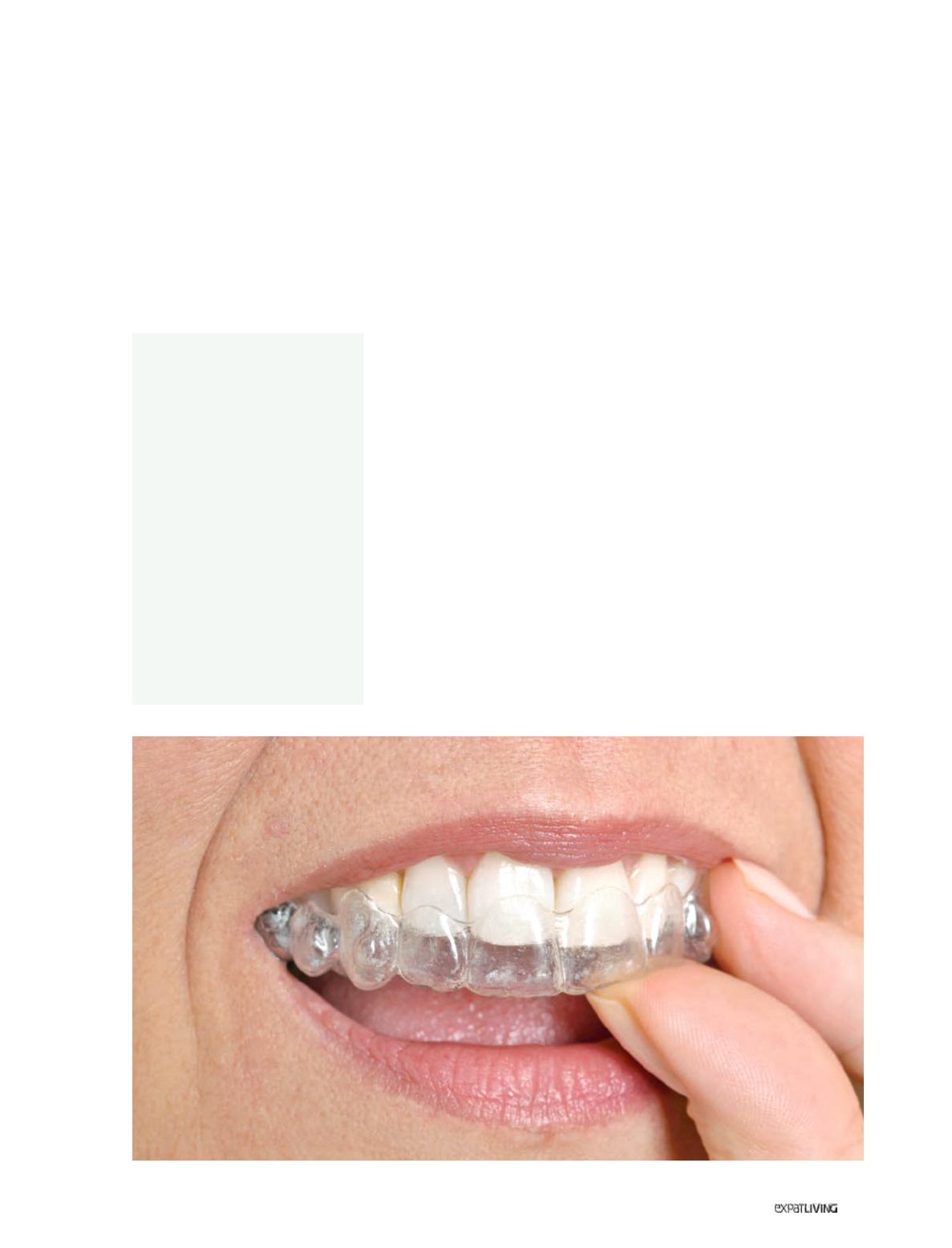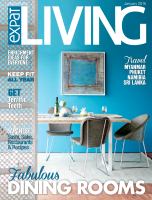

ORTHODONTICS
259
January15
Woman on a Mission
Malaysian-born or thodontist DR
CATHERINE LEE, who studied in New
York and grew up and worked in Sydney,
Australia, was invited 14 years ago by
plastic surgeons in Singapore to work
with them in the field of cleft lip-palate
(or simply “cleft”) treatment.
What is cleft lip
and palate?
Cleft lip and palate is a condition
in which the two plates of the jaw
bones that form the roof of the
mouth remain separated at birth,
affecting also the union of soft
tissues like skin and muscles;
it can be unilateral (one gap) or
bilateral (two gaps), and it occurs
in around 650 to 700 births.
Though a cleft lip and palate
was successfully closed up in
China in 390BC, the operation
would have been so painful
without anaesthesia that real
progress was only made after the
discovery of chloroform.
“This field is highly specialised,” she
tells me, “involving many healthcare
disciplines, not only dentistry but also
medicine: cranio-facial specialists
like plastic surgeons, ENT surgeons,
speech therapists, paediatricians and
orthodontists like me. I work with the
babies from the time they are born, and
then all the way through to adulthood,
because the surgery has to be done in
several stages as the patient grows.”
She works with a number of teams:
apart from the private Singapore
International Cleft-Craniofacial Team,
she’s the visiting consultant for the plastic
surgery departments at two government
hospitals, NUH (National University
Hospital) and SGH (Singapore General
Hospital). “Very often,” she explains,
“my work on a baby can mean reducing
three reparative surgeries to only one,
so it’s a great saving of resources, with
less pain and suffering.” And all this is
quite apart from her extensive charity
field-work for cleft patients – mainly in
Java, Indonesia, but also in China.
Showing me around her busy clinic
– which is not only for cleft patients,
but also for her many mainstream
orthodontic patients – she explains
that going out on her own has given her
the opportunity to lay out her practice
exactly as she wants it to be, and to
equip it with technology that makes her
difficult job so much easier to manage.
Technology in the
digital world
IT plays an important role here.
Connected by a LAN, computer monitors
in every room or area are equipped with
software to show where the patients are
located, from the waiting room and the
x-ray room to the open treatment bays
and the purpose-built private rooms for
parents with newborn babies.
First up is a new digital x-ray machine
from Finland, called
ProFace cone
beam CT
, which captures the entire
structure of the patient’s facial skeleton
from every possible angle and in every
dimension, just like a medical-grade
CT scanner. Happily, it also delivers a
significantly lower dose of radiation.
Its jaw-dropping price is justified, Dr
Lee feels, for an invaluable tool that
helps her make a proper diagnosis and
assessment as the basis for planning
the long way forward, especially for her
cleft patients.
Stephen Vanhorn | Dreamstime.com



















